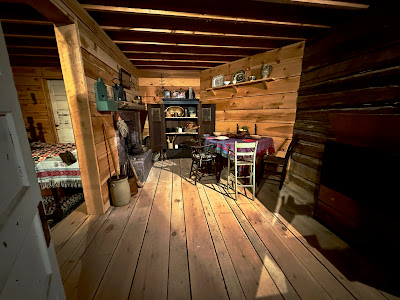Marquette, Michigan, is a vibrant city on the southern shore of Lake Superior in the Upper Peninsula. Known for its natural beauty, Marquette features rugged cliffs, scenic trails, and a bustling harbor. It's home to Northern Michigan University and rich in history, once serving as a key port for shipping iron ore. Outdoor enthusiasts enjoy year-round activities like hiking, biking, skiing, and kayaking, all set against the backdrop of stunning lake views and dense forests.
The Marquette Regional History Center showcases the rich heritage of Michigan’s Upper Peninsula through exhibits on Native culture, mining, logging, and local life.
George Shiras III (1859–1942) is widely considered the father of modern wildlife photography for his groundbreaking innovations in flash photography and remote camera trapping. He pioneered the use of remote-triggered camera traps, where animals would trip a wire that activated a magnesium flash and camera shutter—capturing dramatic, candid images of deer, owls, raccoons, and other nocturnal creatures. These hauntingly beautiful nighttime photographs, many taken in Michigan’s Upper Peninsula, revolutionized the way wildlife was documented and helped lay the foundation for modern conservation photography.















No comments:
Post a Comment